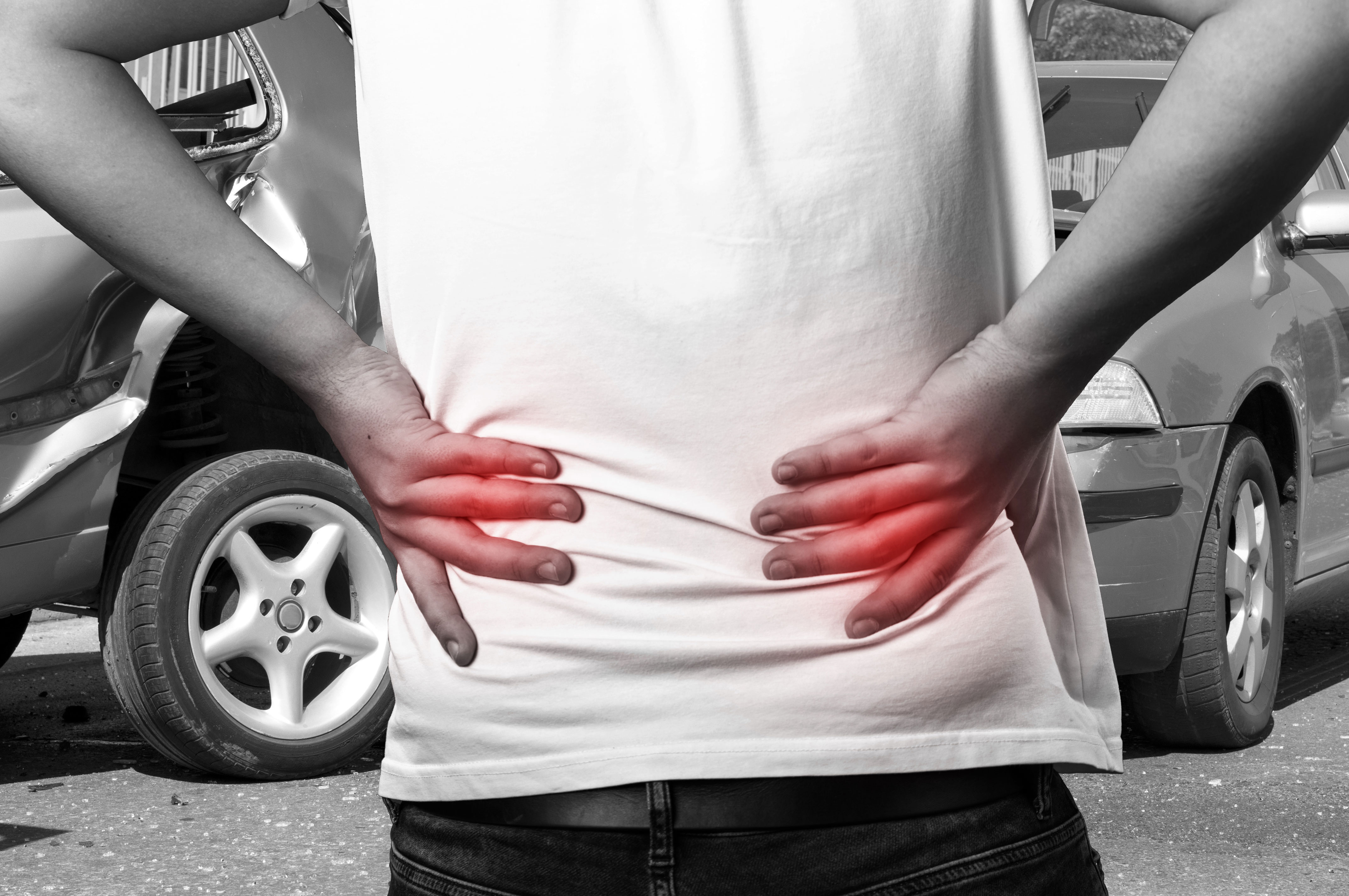HOW MUCH TRAUMA IS NEEDED?
Well, actually… none.While reviewing the literature recently regarding disc herniation causation in general and injury in minor trauma in particular, I ran into a few problems. The most glaring problem is that it is very difficult to find definitive information on disc herniation as it pertains to legal causation. As we know, a scientific cause and a legal cause are not the same thing. Culling the medical literature primarily concerned with scientific causes for support, for or against, a legal cause is daunting. Study results are all over the board and what recommendations there are often come from relatively low level evidence.
THE DAMAGED DISC
Looking for an authoritative statement on causation I turned to the AMA’s Guides to the Evaluation of Disease and Injury Causation, 2008. It was not very helpful. A few paragraphs on disc degeneration, the methodological difficulties of research and somewhat conflicting results from cadaveric biomechanical studies eventually resulting in a wishy-washy conclusion.
“One possible conclusion from the cited literature is that disc herniations are caused primarily by genetic, age-related, and/or ischemic degeneration (atherosclerosis). Trauma, most likely repetitive loading fatigue, seems to be of secondary importance.
Other conclusions are also possible…” Page 128
SO HOW DO YOU DECIDE?
Some of those that argue against minor trauma as the cause of a disc herniation will cite epidemiology literature that show the majority of disc herniations, somewhere around 60%, occur spontaneously, i.e. without an inciting event. The injured party’s disc herniation therefore could have happened spontaneously, not because of the trauma. This would imply that if the person involved in the car crash had gotten into their car without a disc problem and they arrived at their destination, instead of being in the accident, they would have gotten out of the car with a disc problem. Or at least, that the disc injury happened at the time of the crash, but was not caused by it. It seems counterintuitive to argue that a disc can be so fragile that it spontaneously ruptures, but introducing an external force would have no effect. This brings me back to my original statement. If the majority of disc injuries occur without trauma then there is no minimum threshold that must be reached to cause injury.No simulated crash, no matter how carefully constructed, can recreate all the variables involved in the original accident. We cannot know the exact condition of every disc and spinal segment or the muscle forces generated along the spinal at the time of the crash. For now we will have to continue to rely on sound clinical judgement against the backdrop of the scientific evidence. Clear reasoning, within the parameters of causation including, biologic plausibility, temporal association and lack of a more likely explanation is the best tool we have.
